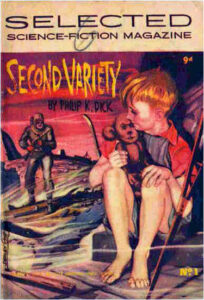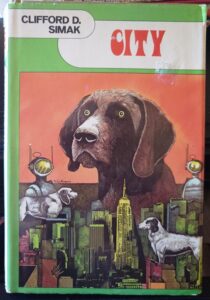ramonmercado
CyberPunk
- Joined
- Aug 19, 2003
- Messages
- 58,224
- Location
- Eblana
Sounds interesting.
Spanish-speaking writers are producing ambitious science fiction and fantasy. Let these books be your introduction.
By By Silvia Moreno-Garcia and Lavie Tidhar
Spanish is one of the world’s most-spoken languages, with a long, rich literary history extending all the way back to what many regard as the first modern novel, Miguel de Cervantes’s “Don Quixote.” With authors writing in Spanish from Madrid to Mexico City to Havana, what are we English speakers missing out on? And where do we start exploring?
Lavie: I recently got back from Celsius 232, a science fiction and fantasy festival in Asturias, Spain, which usually attracts hundreds of Spanish genre writers every year. This year, it felt somewhat apocalyptic, with compulsory face masks and authors signing books behind plastic screens while wearing gloves (and disinfecting them after each book). I did get to meet Sofía Rhei, a prolific novelist for both children and adults, who has one collection of stories in English, “Everything Is Made of Letters,” published by Aqueduct Press.
While Spain has a vibrant sci-fi and fantasy scene, it is only in recent years that there has been a push into the English-language market. Two fairly recent anthologies are “Terra Nova” and “Castles in Spain,” both edited by Mariano Villarreal. They showcase some of that talent, including the excellent Elia Barceló and Félix J. Palma, whose books in English translation include the internationally successful “The Map of Time.”
There’s also cyberpunk. Rodolfo Martínez’s “Cat’s Whirld” was translated by Steve Redwood and is considered Spain’s first cyberpunk novel, published in 1995. And Rosa Montero’s “Tears in Rain” is a hard-boiled tribute to “Blade Runner.” ...
https://www.washingtonpost.com/ente...1ca840-f6c1-11ea-a275-1a2c2d36e1f1_story.html
Spanish-speaking writers are producing ambitious science fiction and fantasy. Let these books be your introduction.
By By Silvia Moreno-Garcia and Lavie Tidhar
Spanish is one of the world’s most-spoken languages, with a long, rich literary history extending all the way back to what many regard as the first modern novel, Miguel de Cervantes’s “Don Quixote.” With authors writing in Spanish from Madrid to Mexico City to Havana, what are we English speakers missing out on? And where do we start exploring?
Lavie: I recently got back from Celsius 232, a science fiction and fantasy festival in Asturias, Spain, which usually attracts hundreds of Spanish genre writers every year. This year, it felt somewhat apocalyptic, with compulsory face masks and authors signing books behind plastic screens while wearing gloves (and disinfecting them after each book). I did get to meet Sofía Rhei, a prolific novelist for both children and adults, who has one collection of stories in English, “Everything Is Made of Letters,” published by Aqueduct Press.
While Spain has a vibrant sci-fi and fantasy scene, it is only in recent years that there has been a push into the English-language market. Two fairly recent anthologies are “Terra Nova” and “Castles in Spain,” both edited by Mariano Villarreal. They showcase some of that talent, including the excellent Elia Barceló and Félix J. Palma, whose books in English translation include the internationally successful “The Map of Time.”
There’s also cyberpunk. Rodolfo Martínez’s “Cat’s Whirld” was translated by Steve Redwood and is considered Spain’s first cyberpunk novel, published in 1995. And Rosa Montero’s “Tears in Rain” is a hard-boiled tribute to “Blade Runner.” ...
https://www.washingtonpost.com/ente...1ca840-f6c1-11ea-a275-1a2c2d36e1f1_story.html




